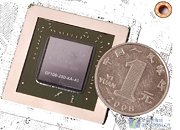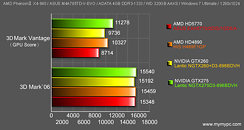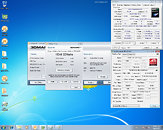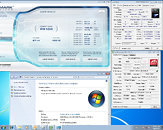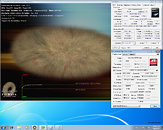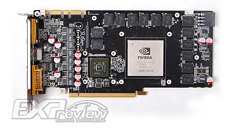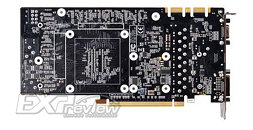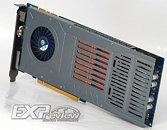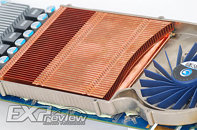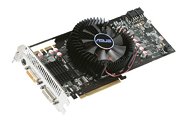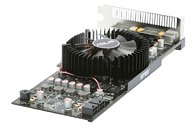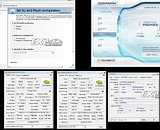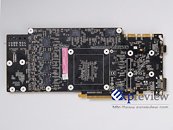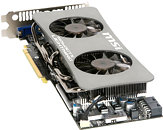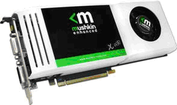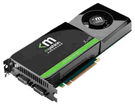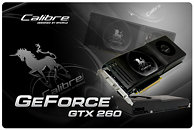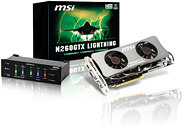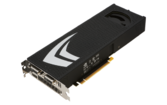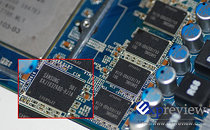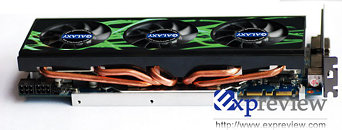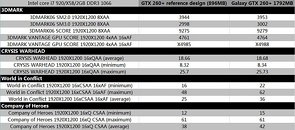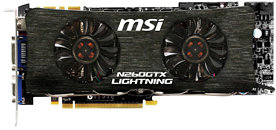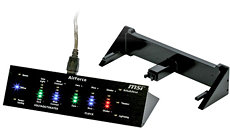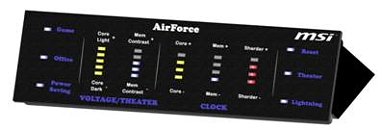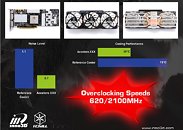
GF106 GPU Pictured, Measured in Size
In the run up for NVIDIA's September 12th launch of mainstream GeForce 400 series products, Chinese technology portal Zol.com.cn shared a picture of the company's GF106 graphics processor, which will be at the heart of several mainstream SKUs, including the talked about GeForce GTS 450. The first three desktop implementations of the GF106 are known to be the GeForce GTS 440, GTS 445, and GTS 450. Of these, the GTS 445 and GTS 440 will be launched first, with the GTS 450 launched just a little later.
The 40 nm GF106 GPU returns to a square package, with a die measuring around 240 mm², which makes it about 45% bigger than that of AMD's Juniper GPU, on which the company's ATI Radeon HD 5700 series is based on. Zol.com.cn suggested that the performance of the GTS 450 in DirectX 9/10 applications can be expected to be comparable to that of the GeForce GTX 260 (216 SP). After launching the GTS 450, NVIDIA will continue on its launch itinerary for the year with a value-segment GF108 GPU.
The 40 nm GF106 GPU returns to a square package, with a die measuring around 240 mm², which makes it about 45% bigger than that of AMD's Juniper GPU, on which the company's ATI Radeon HD 5700 series is based on. Zol.com.cn suggested that the performance of the GTS 450 in DirectX 9/10 applications can be expected to be comparable to that of the GeForce GTX 260 (216 SP). After launching the GTS 450, NVIDIA will continue on its launch itinerary for the year with a value-segment GF108 GPU.

